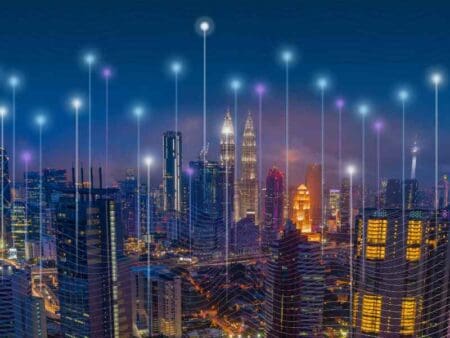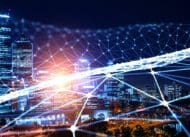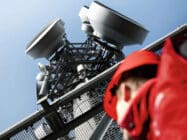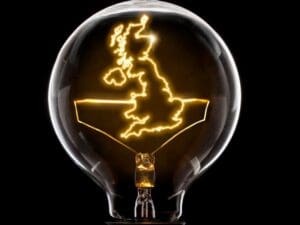
LoRaWAN leads LPWAN shipments in the IoT market, significantly surpassing others, according to a new briefing from the LoRa Alliance.
The briefing, which was prepared by Beecham Research, indicates that out of 174.7 million LPWAN chipset shipments in 2022, 65.9 million were LoRa, while 22.4 million were NB-IoT, 45.4 million were LTE-M and the balance a combination of others including Sigfox and Wi-SUN.
By 2027, with growth expected of almost 20% per annum, shipments are projected to reach 424.8 million. Of these, 148.4 million are LoRa, 61.8 million NB-IoT, 107.1 million LTE-M and 107.5 million others.
(To give a broadly global picture, these numbers exclude China, which has adopted NB-IoT as the standard for massive IoT applications, whereas elsewhere a mixture of NB-IoT and LTE-M is offered by mobile operators).
Have you read?
Water AMI innovation with Amazon Sidewalk
LoRaWAN expands the addressable IoT market—smart utilities
“Choosing the right connectivity technology for a use case is the most important decision an end-user will make,” states Donna Moore, chairwoman and CEO of the LoRa Alliance.
She comments that without the in-house expertise, solutions providers can help find the right-fit technology.
“Solutions providers analyse use cases, provide education on available technologies and allow project managers to envision the full scope of an IoT deployment. System integrators bring those ideas to life by integrating IoT sensor data into a platform that consolidates data from numerous end-user platforms.”
The briefing reviews the key features of LoRa as a long range, low power technology, initially developed for utility application, with the ability to penetrate concrete and steel and provide connectivity underground, but also finding application in smart building and smart city IoT use cases, particularly where low latency is not a key requirement.
As a result approximately 35-40% of all LoRaWAN deployments are estimated in the utility sector but the other sectors are increasing rapidly.
The briefing also reviews IoT use cases in the three sectors, with its use in the utilities sector for smart gas and water metering to improve the control and measurement of these commodities.
Current example projects cited include an over 3 million LoRa water meter digitalisation by Veolia and subsidiary Birdz in France and a Middle East utility harnessing low Earth orbit satellites with LoRaWAN to gain visibility on its approximately two million smart meters.
Smart building trends include an increasing emphasis on safety and comfort, with IoT applications such as HVAC and lighting control and air quality monitoring.
In cities, IoT applications include smart parking and street lighting, water and waste management and environmental sensing.








